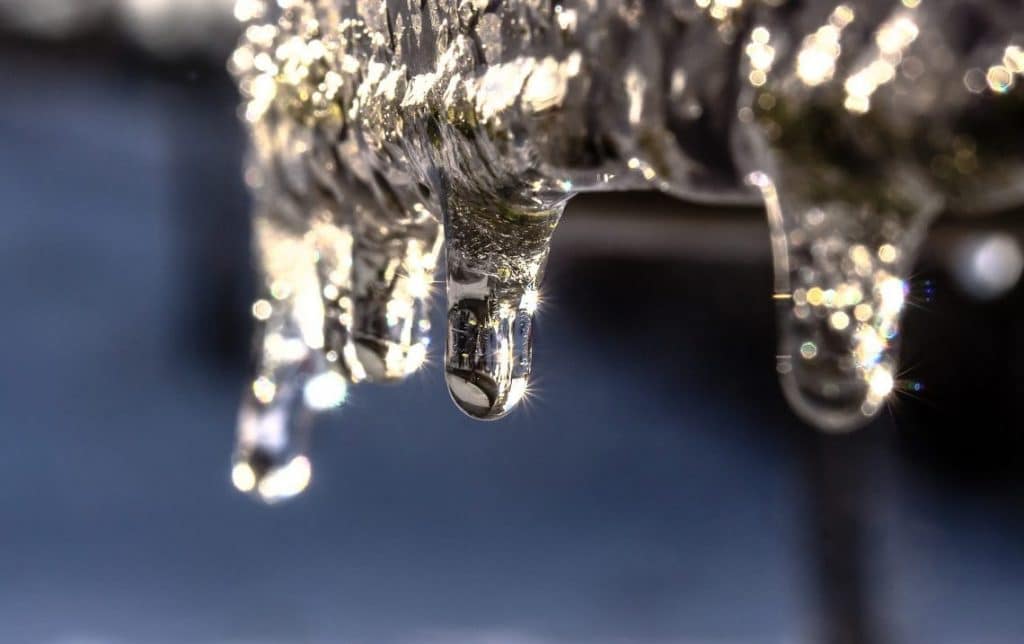Protect Against Frozen Pipes in Winter: Pro Tips
Protect Against Frozen Pipes in Winter: Pro Tips
Blog Article
What're your thoughts and feelings on How To Avoid Freezing Pipes?

Winter can wreak havoc on your plumbing, especially by freezing pipelines. Here's exactly how to avoid it from occurring and what to do if it does.
Introduction
As temperatures drop, the danger of icy pipes boosts, potentially causing expensive fixings and water damages. Recognizing just how to avoid icy pipes is important for property owners in chilly climates.
Avoidance Tips
Shielding prone pipes
Cover pipelines in insulation sleeves or utilize heat tape to shield them from freezing temperatures. Focus on pipelines in unheated or outside locations of the home.
Heating methods
Maintain indoor spaces properly heated, particularly areas with pipes. Open closet doors to allow cozy air to circulate around pipes under sinks.
Just how to identify icy pipes
Try to find lowered water flow from faucets, uncommon odors or sounds from pipelines, and visible frost on exposed pipes.
Long-Term Solutions
Architectural changes
Consider rerouting pipes far from outside wall surfaces or unheated locations. Include added insulation to attic rooms, basements, and crawl spaces.
Upgrading insulation
Invest in premium insulation for pipes, attics, and walls. Proper insulation helps maintain regular temperature levels and lowers the threat of frozen pipes.
Safeguarding Outdoor Pipes
Yard hose pipes and outdoor taps
Detach and drain yard tubes prior to winter season. Mount frost-proof faucets or cover outdoor taps with protected caps.
Understanding Icy Pipes
What triggers pipelines to ice up?
Pipes ice up when revealed to temperatures below 32 ° F (0 ° C) for prolonged durations. As water inside the pipes ices up, it expands, putting pressure on the pipeline wall surfaces and potentially creating them to rupture.
Threats and problems
Icy pipes can bring about water system interruptions, residential property damage, and costly repairs. Burst pipes can flood homes and trigger substantial architectural damages.
Indicators of Frozen Pipes
Identifying icy pipelines early can stop them from breaking.
What to Do If Your Pipelines Freeze
Immediate activities to take
If you presume frozen pipes, keep taps open up to soothe stress as the ice melts. Use a hairdryer or towels soaked in warm water to thaw pipes slowly.
Verdict
Stopping frozen pipelines needs proactive actions and quick responses. By recognizing the causes, indicators, and safety nets, homeowners can safeguard their pipes during winter.
5 Ways to Prevent Frozen Pipes
Drain Outdoor Faucets and Disconnect Hoses
First, close the shut-off valve that controls the flow of water in the pipe to your outdoor faucet. Then, head outside to disconnect and drain your hose and open the outdoor faucet to allow the water to completely drain out of the line. Turn off the faucet when done. Finally, head back to the shut-off valve and drain the remaining water inside the pipe into a bucket or container. Additionally, if you have a home irrigation system, you should consider hiring an expert to clear the system of water each year.
Insulate Pipes
One of the best and most cost-effective methods for preventing frozen water pipes is to wrap your pipes with insulation. This is especially important for areas in your home that aren’t exposed to heat, such as an attic. We suggest using foam sleeves, which can typically be found at your local hardware store.
Keep Heat Running at 65
Your pipes are located inside your walls, and the temperature there is much colder than the rest of the house. To prevent your pipes from freezing, The Insurance Information Institute suggests that you keep your home heated to at least 65 degrees, even when traveling. You may want to invest in smart devices that can keep an eye on the temperature in your home while you’re away.
Leave Water Dripping
Moving water — even a small trickle — can prevent ice from forming inside your pipes. When freezing temps are imminent, start a drip of water from all faucets that serve exposed pipes. Leaving a few faucets running will also help relieve pressure inside the pipes and help prevent a rupture if the water inside freezes.
Open Cupboard Doors
Warm your kitchen and bathroom pipes by opening cupboards and vanities. You should also leave your interior doors ajar to help warm air circulate evenly throughout your home.

We hope you enjoyed reading our piece about How to Prevent Your Pipes From Freezing. Thanks a lot for spending some time to read our content. Are you aware of another individual who is curious about the niche? Why not share it. Many thanks for going through it.
Check It Out Report this page